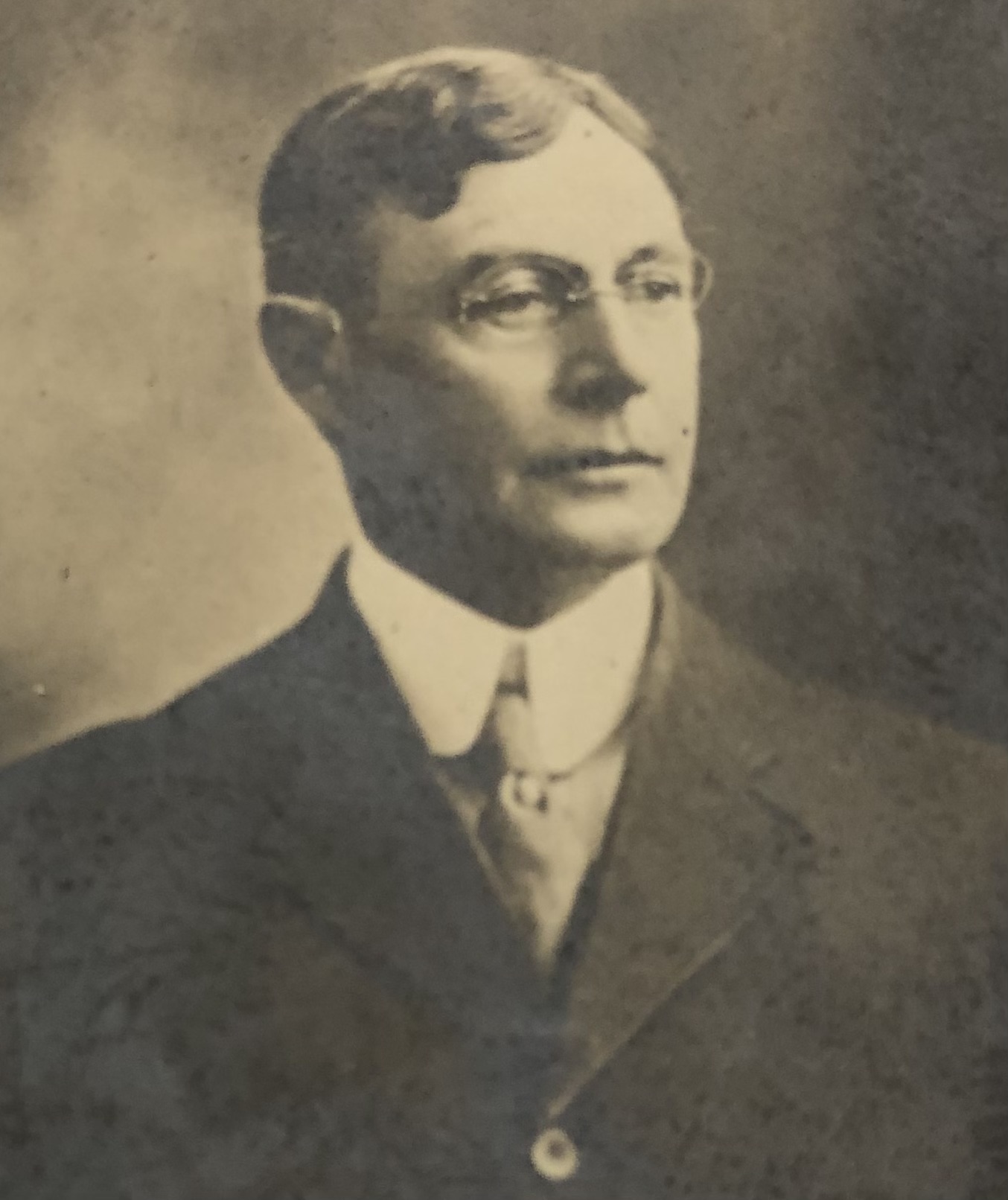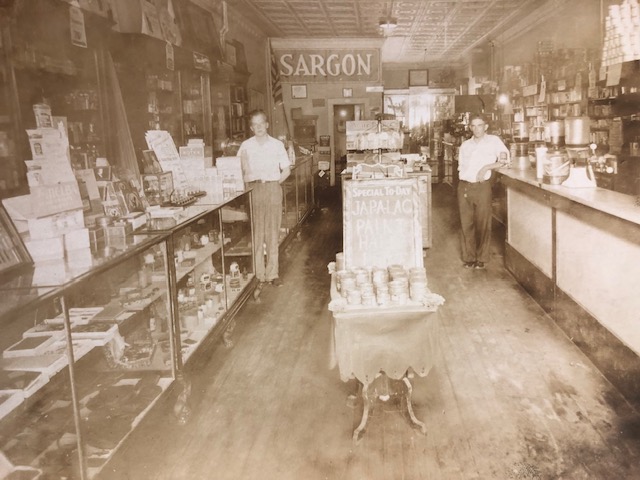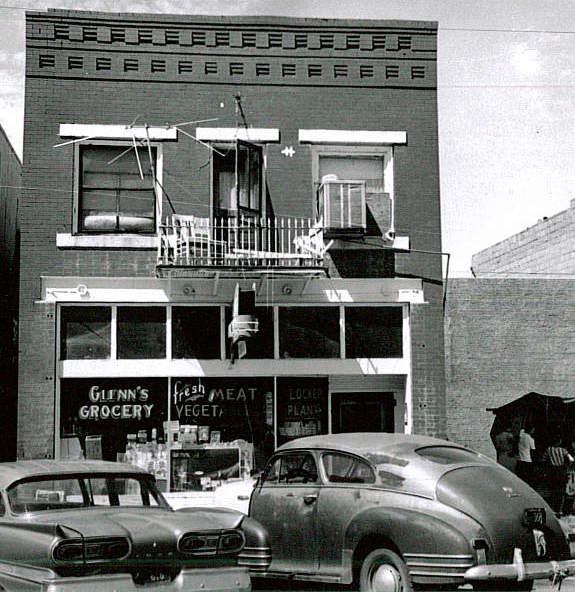Kansans who wanted to toast the new year during the late 1800s and early 1900s may have had to make a doctor’s appointment first. Kansas became legally dry on May 1, 1881 with an amendment to the state constitution that forever prohibited the manufacture and sale of intoxicating liquors except for medical, scientific and mechanical purposes. Alcohol had to be prescribed by a physician to be obtained legally, and drug stores were made the responsible agency for liquor sales. Druggists could sell liquor only when a doctor’s written prescription was presented along with a sworn affidavit from customers stating that the liquor purchased would not be used as a beverage. Close tabs were kept on the amount of alcohol that pharmacies were receiving and selling as well as to whom they were selling to.
District judges were the only ones with the authority to give out permits for selling liquor. All other places where liquor either was manufactured or sold in violation of the law were deemed public nuisances, and offenses were punishable by a fine and 30 to 80 days in jail. Primary responsibility for the law’s enforcement fell to county attorneys but was made difficult because sales of intoxicants equaled several hundred dollars annually in additional income for pharmacists. Selling liquor “for medicinal purposes” quickly became the largest loophole in the law with physicians prescribing alcohol-laden substances for a wide range of illnesses from colic to diarrhea, and new diseases were “invented” for which liquor was the prescribed elixir. Since the term “intoxicating” was not clearly defined, some businessmen sold concoctions under names like “cider” claiming to not know that they could be intoxicating.
According to the Kansas State Historical Society, the law was largely ignored. Many of the state’s drinking spots remained in operation, and underground clubs and saloons also popped up in various places. Some communities and counties across Kansas were content to let them continue operation with minimal fines. Still, many citizens believed that the sale of liquor tended to affect communities socially, morally and politically. The temperance movement which had begun in the territorial days of Kansas gained momentum before the turn of the century with Carrie Nation and her hatchet leading the way. The Hurrel’s Nuisance Bill was enacted in 1901 which specified that all equipment, liquors, and property kept in and used to maintain places where liquor was manufactured, sold, given away or bartered were also common nuisances. The law provided for the issuance of search and seizure warrants against places where liquor was thought to be sold.
Take the case of local doctor George C.W. Richards, a highly respectable member of the community. Richards arrived in Kearny County in 1885 and was one of the first two doctors in Hartland. He later operated drug stores in Lakin and Deerfield where he also treated patients. The good doctor was known to make house calls as far away as Stanton County and was complimented by a 1906 Advocate for doing his part to build up the city and county as “one of our foremost businessmen.” Richards was so well liked that he was elected as a representative to the State Legislature.

But in November 1908, Richards’ Lakin business, the Palace Drug Store, was raided under the search and seizure act after a formal complaint was filed by Rev. Chambers, pastor of the Methodist Church. Among the items seized by authorities were 51 bottles of Peruvian Elixir with 42% alcohol, 37 bottles Rock Candy Cordial containing 30% alcohol, 3 bottles of Walker’s Blended Malt Whiskey, 12 bottles Duffy’s Pure Malt Whiskey, one case of beer, 32 quart-bottles of Clay Wilkins Pure Malt Whiskey 44% alcohol by volume, and at least three other “medicines” which all contained from 39 to 40 percent alcohol. Richards was found guilty of maintaining a nuisance, fined $100 and court costs, and sentenced to 30 days in jail but was released on $1,000 parole bond. Richards sold his drug business in January 1909, and the doctor and his wife moved to California the following month.

The Kansas Legislature continued to revise and strengthen the statutes, and a 1909 revision closed the major loophole in the old law that had allowed druggists to sell liquor for “medicinal purposes.” In February of 1917, Governor Arthur Capper signed a version of the national bone-dry law into effect. The most drastic anti-liquor enactment written at that time made it a crime to possess liquor in any form. The lone exception was communion wine.
With the advent of the first World War, the United States Congress banned the use of foodstuffs in the production of distilled liquor from September 1917 until the end of the war. This was followed up with the 18th Amendment to the Constitution. The Prohibition Amendment declared the production, transport and sale of intoxicating liquors as illegal but did not outlaw the actual consumption of alcohol. To enforce prohibition, Congress passed the Volstead Act which declared an intoxicating beverage to be anything that contained more than 0.5% alcohol, and liquor, wine and beer qualified as intoxicating liquors and were prohibited. The U.S. was the first nation to make such a provision a part of its basic law. National prohibition began on January 17, 1920, one year after the 18th amendment was ratified by the states.
Of course, making liquor illegal did not make it non-existent. Newspapers from that time period contain plenty of stories of moonshine makers, bootleggers and speakeasy bars despite the attempts of national, state, and local law enforcement officials to “dry up” the country. On March 22, 1933, President Franklin Roosevelt signed the Beer and Wine Revenue Act. This law levied a federal tax on all alcoholic beverages to raise revenue for the federal government and gave individual states the option to further regulate the sale and distribution of beer and wine. Because Prohibition was still officially the law, a limit had to be placed on the amount of alcohol allowed in beer. Hearings were held, and the political process worked out a standard that could gather the necessary votes — 3.2% alcohol by weight. The passage of the 21st Amendment in December 1933 officially ended national prohibition, but Kansas remained dry until 1937 when the state began allowing 3.2% beer. Kansas’ 1881 amendment was tossed out in 1948 when voters rejected prohibition, and the state was placed under a local option law.


SOURCES: Liquor Wars and the Law by Kenneth J. Peak and Jason W. Peak; Diggin’ Up Bones by Betty Barnes; Kansas State Historical Society; High Plains Public Radio; History.com; Wikipedia; and archives of The Advocate and Lakin Investigator.
